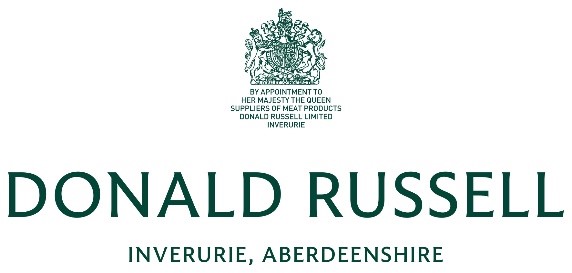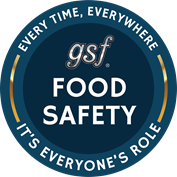Title Page
-
Conducted on
-
Prepared by
-
Location
-
1 – Why do we metal detect?
-
To ensure there is no metal present in products, to provide safe food
-
2 – What checks are done before production start?
-
Check Sensor Reject bin by Turning Dial until light goes out & Alarm sounds (Reject bin metal detector – beginning of day). Clear fault and reset
-
Air Pressure Check – Make sure Belt is running Turn red dial at rear of machine to hear air being released. Belt should stop. Clear fault and reset. (Reject bin metal detector – beginning of day)
-
With detector on block the beam of the photogating system until belt stops and alarm activated (Reject bin metal detector – beginning of day). Clear fault and reset detector
-
3 test pucks to be passed through with product individually and making sure machine detects all 3 and sets off alarms and rejects test pieces into reject box (Reject bin metal detector - beginning and end of day)
-
3 test pucks to be passed through with product individually and making sure machine detects all 3 and sets off alarms (Belt stop metal detector beginning and end of day)
-
3 – How do you change product on the machine?
-
Main screen
-
Menu
-
Change
-
Move using Arrows (Up & Down)
-
Green button with white tick to confirm
-
When & Why?
-
When production changes what product they are producing and to ensure correct settings are in place to ensure safe products
-
4 – How would you learn a product?
-
Main screen
-
Menu
-
Learn
-
Learn Full
-
Using 3-4 different packs pass product and follow instructions given on the main screen
-
When Adjusting shows on screen stop and wait to see pass product then continue to pass product until fully learnt
-
5 – Can you show me how an hourly check is carried out and recorded?
-
Hourly Checks - Reject bin metal detector (Authorised Personnel)
-
3 test pucks to be taped and passed through individually and making sure machine detects and rejects all 3
-
Detailed testing procedure – see P037
-
Reject Bin – Reject bin metal detector (Authorised Personnel)
-
Reject Bins need to be checked regularly. Any products in rejected bins need to be quarantined
-
Reject bin needs to be locked at all times and the key removed
-
Hourly checks – Belt stop metal detector (Authorised Personnel)
-
Insert key into slot
-
3 test pucks to be taped to product and passed through individually and making sure machine detects all 3 and sets off alarm
-
Turn key & press reset button at front of machine
-
After final test Reset detector to get belt running detector and remove key
-
What would you do if a test piece fails?
-
A) If any part of the routine test fails, production must be stopped to allow the necessary investigations and corrective action to be carried out including
-
Inform the Production Supervisor/Manager and QHS Department
-
Once the investigation and corrective action have been put in place, re-set the metal detector and repeat
-
What products would have to be quarantined?
-
B) Product manufactured since the last satisfactory test must be isolated, put on hold and re-screened using a system set to the same standard as the original system. This re-test must be fully documented on reverse of document Rev: QC008 a,b,c,d & e
-
6 – What would you do if a product is rejected?
-
Empty reject bin on a regular basis. Key to be removed after checking - it must not be left in reject bin lock
-
Report incident to the QHSE
-
Remove contaminated product and quarantine
-
A record to be kept of each occasion the reject bin is emptied of product on reverse of (Ref. No: QC008c, d & e)
-
7 – Why does the key have to be removed?
-
Metal Detector with Reject bin - Key has to be removed from reject bin after emptying and placed into the lockable box
-
Belt Stop metal Detector – Key has to be removed from reset slot bin after resetting and placed into the lockable box
-
Authorised personnel
-
Technical authorisation













